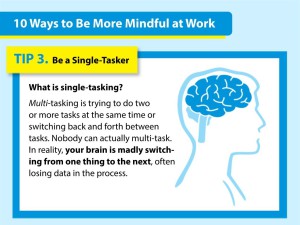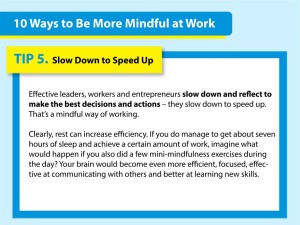 Positive thinking as a medical practice has grown in popularity in recent years. Research shows that optimism goes far beyond the idea of a glass being half full or empty, and can, in fact, be the difference in managing stress and the ailments which comes as a result, like heart disease, digestive issues, headaches, and insomnia. While adults understand this concept well, extending it to children is not as common; nevertheless, it certainly makes sense to lay a foundation for these practices and develop positive mindsets in children as early as possible, rather than undoing the harm later in life.
Positive thinking as a medical practice has grown in popularity in recent years. Research shows that optimism goes far beyond the idea of a glass being half full or empty, and can, in fact, be the difference in managing stress and the ailments which comes as a result, like heart disease, digestive issues, headaches, and insomnia. While adults understand this concept well, extending it to children is not as common; nevertheless, it certainly makes sense to lay a foundation for these practices and develop positive mindsets in children as early as possible, rather than undoing the harm later in life.
While some may believe that children can’t understand positive thinking as a concept, research shows that children as young as five begin to make associations of behaviors and emotion and, through cognition, can decipher how certain situations make them or others feel, whether positive, negative or indifferent. Furthermore, as children grow, they become better with those associations. Those in whom positive thinking is nurtured are said to be more resilient and better able to deal with upsets.
The importance of such cannot be overstated. Being able to manage stress will ultimately lead to more successful opportunities, relationships and better overall health, over time. Here are some ways parents and professionals who work with children can introduce positive thinking:
Be An Example
Children mimic nearly everything adults do. Their behaviors are learned as a result of what we say or how we act in front of them, whether we’re aware of it or not. Thus, this is one of the first and perhaps most important tool through which one can affect his or her child’s positive mindset. Having already established, or at least committing to, a set personal positive practices makes this step easy.
Count Blessings
It’s important to have conversations with your child about what he or she is feeling or their experiences throughout the day. First, listen attentively to what the child has to say in full. While doing so, take note of every emotion. Acknowledge all of the bad feelings or experiences, they are important; however, probe the child about what good happened to them today, no matter how small. If there are no good things, suggest some which the child may have overlooked. Doing so may help the child recall them going forward, leading to more positivity overtime.
Affirmations
There is no doubt that parents love their children and have appreciation for small behaviors or characteristics which their children display. Affirming the child with what makes them great or when they accomplish a task goes a long way. This step is as simple as expressing to the child that he or she is smart, handsome, kind, or a number of other positive affirmations. It helps.
Prohibit Complaining
There’s a huge difference between expressing discontent and complaining. Discourage your child from complaining about behavior; instead, empower them to develop solutions to what is bothering them. Doing so teaches children that even when negatives things occur, countering them with positive actions puts them in control, helping them gain more independence and control of their own lives.
















